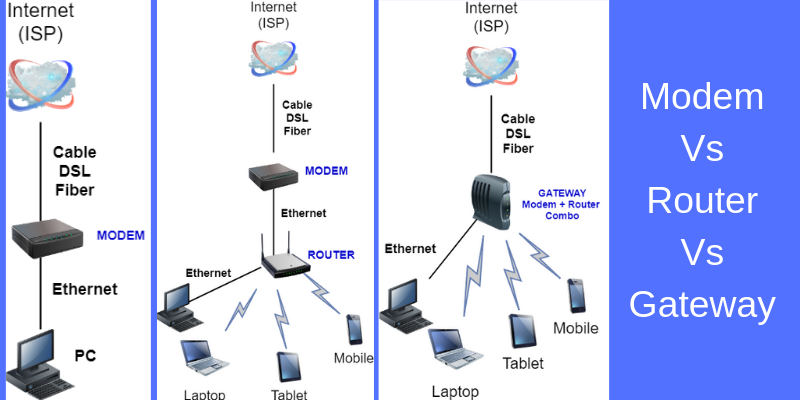

Many also feature wireless radios so that you can connect Wi-Fi devices. Most router brands have built-in switches, which let you connect a number of wired devices.

They offer some degree of protection to your devices by not exposing them to the open Internet.īesides, these devices sit in between your private network (your LAN) and the public network (the Internet), routing traffic back and forth. Routers not only let you connect several devices to the Internet via a physical Internet connection but also enable them to communicate with each other over the local area network. In simple words, it acts as an intermediary between your local area network and the Internet – especially when it comes to your home network. Requires a modem to access the InternetĪ router, also sometimes referred to as gateway, connects one network to another by passing traffic between them.Doesn’t translate the signal from your ISP.Shares the Internet connection between multiple devices.

Doesn’t establish a local area network (LAN).Many ISPs also offer a modem router combo, which is a two in one device that performs both these tasks. For example, you could save anywhere from $7 to $14 per month by purchasing your modem instead of renting one from your Internet Service Provider.Ī router sets up a network between the devices you have at home, whereas a modem allows that network (and the devices on it) to connect to the Internet. Understanding the difference between a modem and a router will go a long way in helping you make smart decisions. However, do you understand what these devices are and how they work? If your answer is no, then you’ve come to the right place – we’re here to explain! Whether you’re new to the Internet or have been using it for a while now, you’ve probably heard the terms router and modem.


 0 kommentar(er)
0 kommentar(er)
